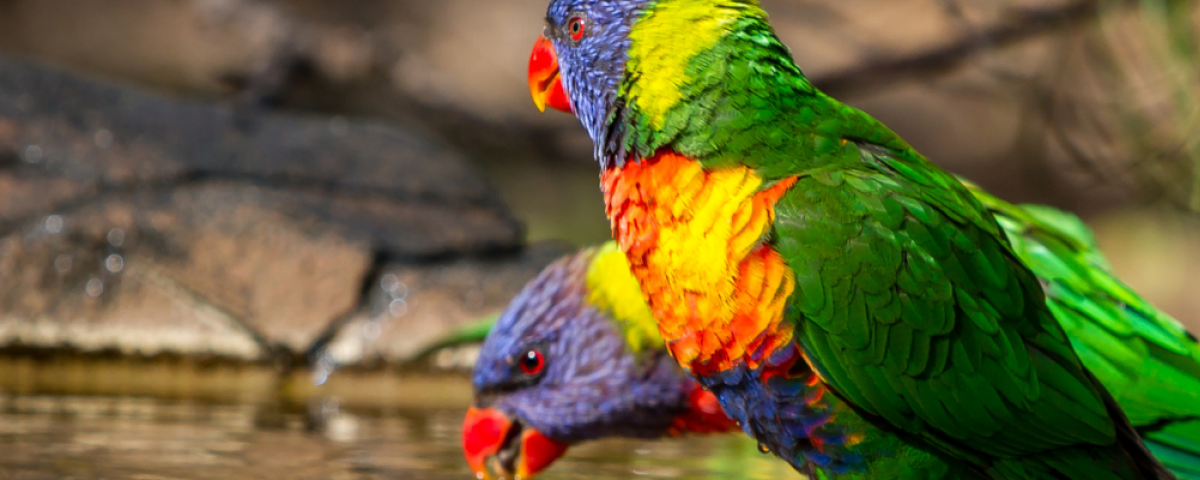The Aussie Bird Count is a nationwide event that happens every year from Monday 16 to Sunday 22 October 2023 during National Bird Week.
Did you know that in the 2022 Aussie Bird Count, the rainbow lorikeet was the most counted bird for the third year in a row?
People of all ages are encouraged to go outside and count how many birds they can see in a 20-minute period – whether that’s in your garden, the local park or your favourite outdoor space.
Collecting this data at the same time each year helps BirdLife Australia:
- see how bird populations are changing in our community over time
- provide a snapshot of Australia’s more common bird species.
It’s also a fun way to observe nature, which is proven to benefit your mental health and wellbeing.
Find out more on the Aussie Bird Count and BirdLife Australia websites.
How to participate
As part of Aussie Bird Count Week, we are hosting free bird watching walks with an expert guide.
Whether you are a beginner or experienced in birdwatching, we'll help you collect data and take you through our favourite nature spots to observe some of the native birds that call Boroondara home.
- Bird watching for beginners runs on 2 sessions, on 18 and 22 October.
If you’d prefer to participate at home, you can download the Aussie Bird Count app from either the iOS App Store or Android Play Store for free. You can also visit the Aussie Bird Count website and fill out the form with your observations.
- Download the Aussie Bird Count app on the iOS App Store.
- Download the Aussie Bird Count app on the Android Play Store.
- Visit the Aussie Bird Count website.
Birds in Boroondara
Boroondara is home to many native birds, including the rainbow lorikeet! You can help protect native birds by:
- keeping cats in at night
- providing a shallow dish of water in a high, safe place for birds to drink and bathe in
- planting nectar-rich flora
- planting dense plants to provide shelter.
Visit our Birds page to discover what other native birds you might see in Boroondara.
Create a bird-friendly garden
Native birds can bring us lots of joy when they visit our back yards. They are also able to:
- keep your garden healthy by eating insects and controlling pests
- move the pollen from flower to flower to help fertilize and create new plants
- carry the seeds they eat from fruit in their intestines and deposit them in new places.
Download our guide to help you select plants that will attract birds to your garden.
Top plants for little native birds – guide
Backyard Biodiversity Program
Each year, we run a Backyard Biodiversity Project, where you can attend a series of workshops and learn how to turn your garden into a safe haven for animals, including birds.
Applications are currently closed and will re-open in early 2024. Keep an eye on our Create a wildlife-friendly garden page for updates on the Backyard Biodiversity Project.
This project responds to an action in our Climate Action Plan, to deliver education workshops and programs that support the protection and enhancement of our biodiversity. Find out more on our Climate Action Plan page.
